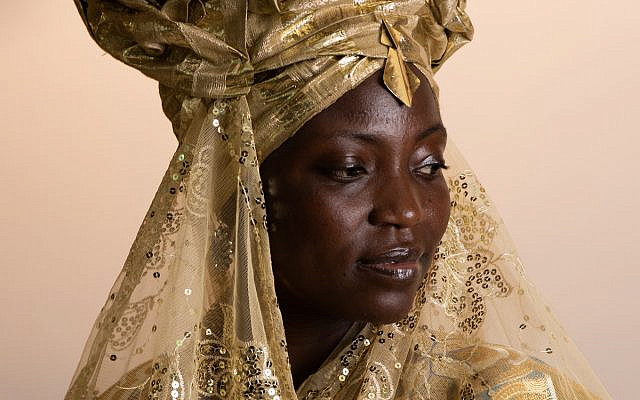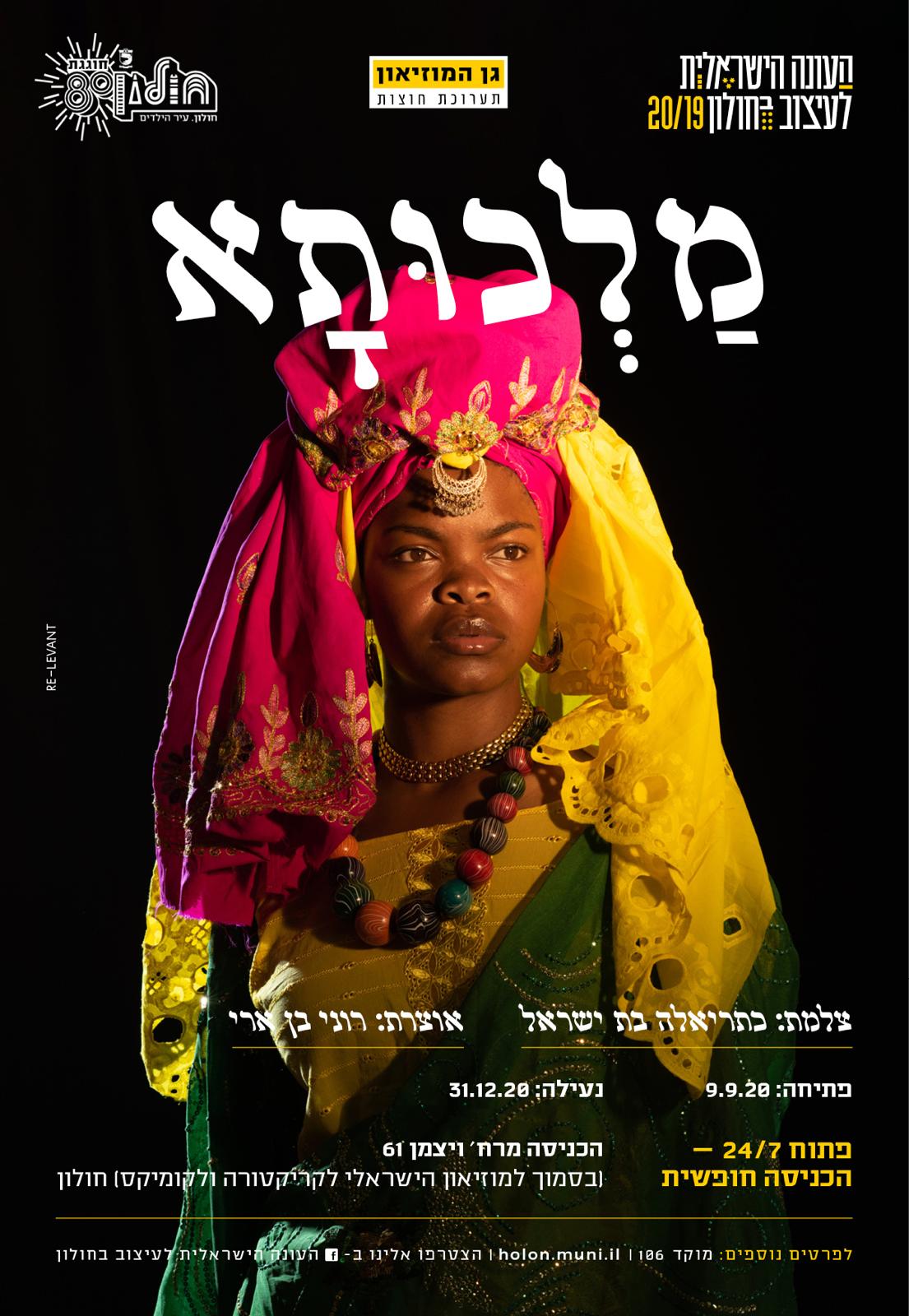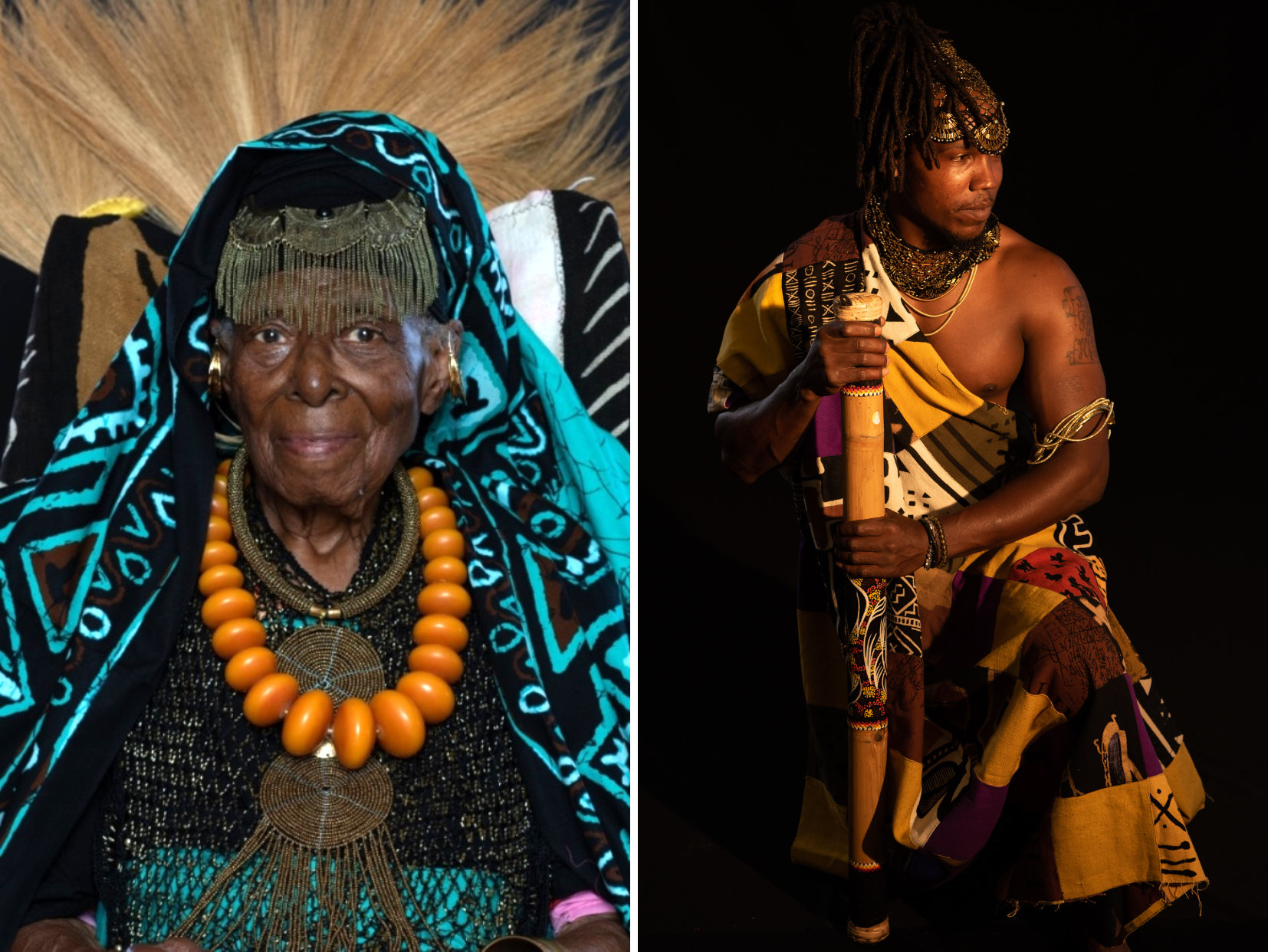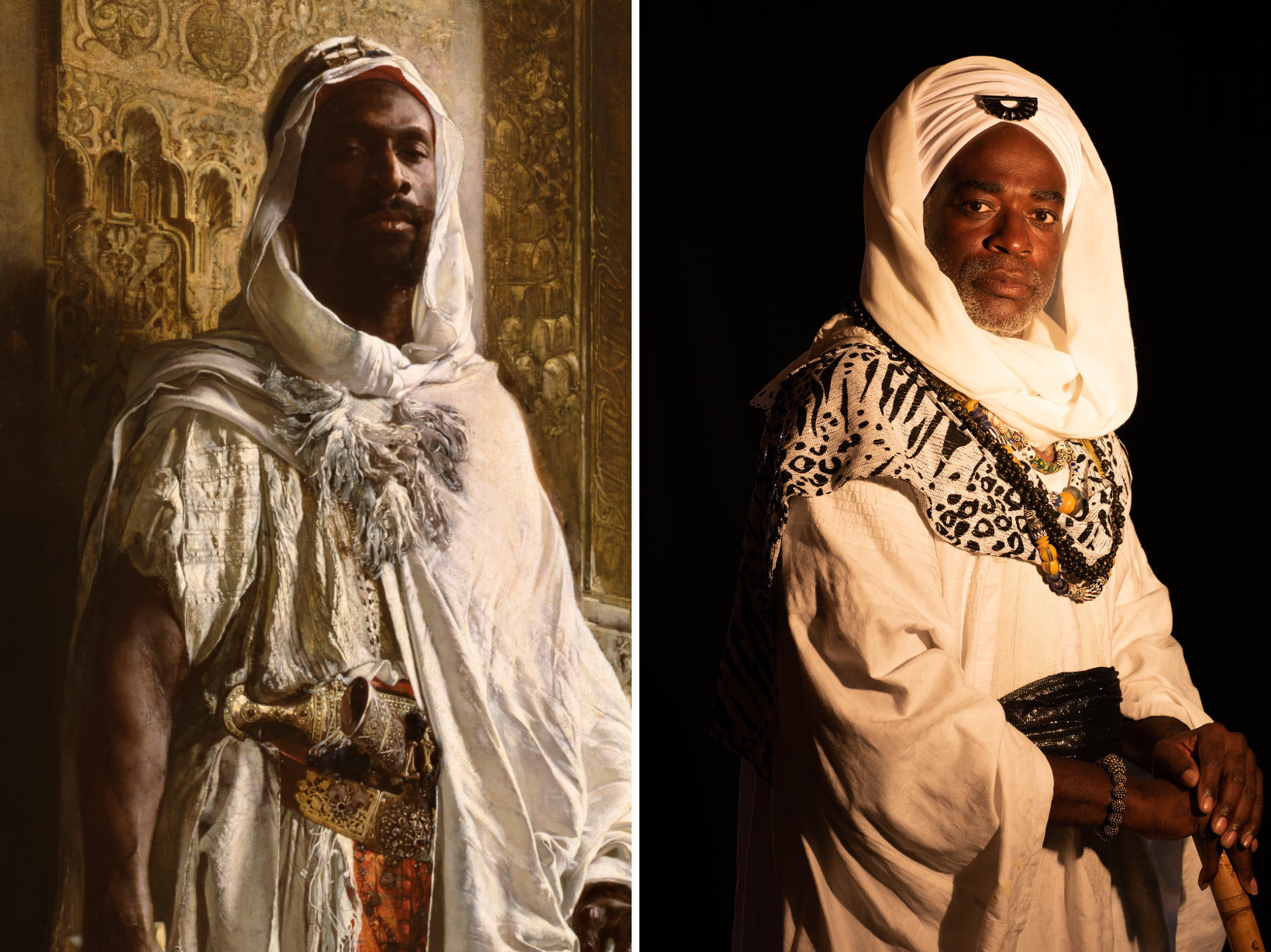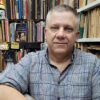Crossposted on my Times of Israel blog.
Cathrielah Baht Israel has been documenting life inside the African Hebrew Israelite community in Dimona for over three decades. She has photographed momentous occasions, such as visits by Stevie Wonder, Whitney Houston, and Shimon Peres, as well as countless community events, like New World Passover celebrations, weddings, and graduation ceremonies. Her archive contains tens of thousands of negatives, prints, and digital images dating back to 1987—a treasure trove of African Hebrew Israelite and Israeli history.
Most of those photographs remain private and unpublished. But next month, Baht Israel will share some of her fine art photographs publicly for the first time. Her solo exhibition, titled “Royalty,” grew out of a project for an online class in which she imagined what African kings and queens throughout history would have looked like. She recruited other African Hebrew Israelites, colloquially known as Black Hebrews, to create elaborate costumes and sit for portraits in a makeshift studio in the community’s Village of Peace.
The exhibit’s 38 photographs, each a meter tall, will be on view outdoors in Holon’s Museum Garden from September 9 through December 31. Admission is free.
“I want visitors to appreciate the work and see that we have a diversity of gifts in our community to be shared with all,” Baht Israel, 64, told me recently. She added that she hopes to make connections in the art world and sell some pieces.
The exhibit came about as a result of a chance encounter last November between Baht Israel and the photographer and curator Roni Ben-Ari. Both women were picking up orders at a Tel Aviv print shop, and Ben-Ari was impressed by what she saw of Baht Israel’s work. They exchanged information and met several times in Tel Aviv and Dimona before the coronavirus pandemic. Ben-Ari was scheduled to stage her own exhibition in Holon this fall. Instead, she suggested that Baht Israel take her place and served as the curator of “Royalty.”
“What interested me about Baht Israel’s exhibition was its educational component regarding Africa,” Ben-Ari wrote in an email. “She manages to build a bridge between an imaginary past and the present, between royal garments from African cultures and the members of her own community who made creative contributions to her project, from dyeing the fabrics, to designing the clothes and sewing them, to weaving various items, to collecting accessories such as headdresses, hats, jewelry, and antique musical instruments.”
Baht Israel has been curious about the appearance of African queens “like Nizinga from Angola and Nefertiti from Egypt” since childhood, according to Ben-Ari.
Born on the West Side of Chicago, Baht Israel was 11 when her family moved to Liberia in August 1967 as part of a group of a few hundred African Americans who felt spiritually drawn to Africa. She recalled sleeping in a tent, and then a bamboo hut, deep in the interior of the country.
“Coming out of the city, many of our parents did not know about country living,” she said. “We ate rice for breakfast, rice for dinner. I had never eaten so much rice in all my life!” (The city slickers eventually learned how to prepare other local dishes from the indigenous people.)
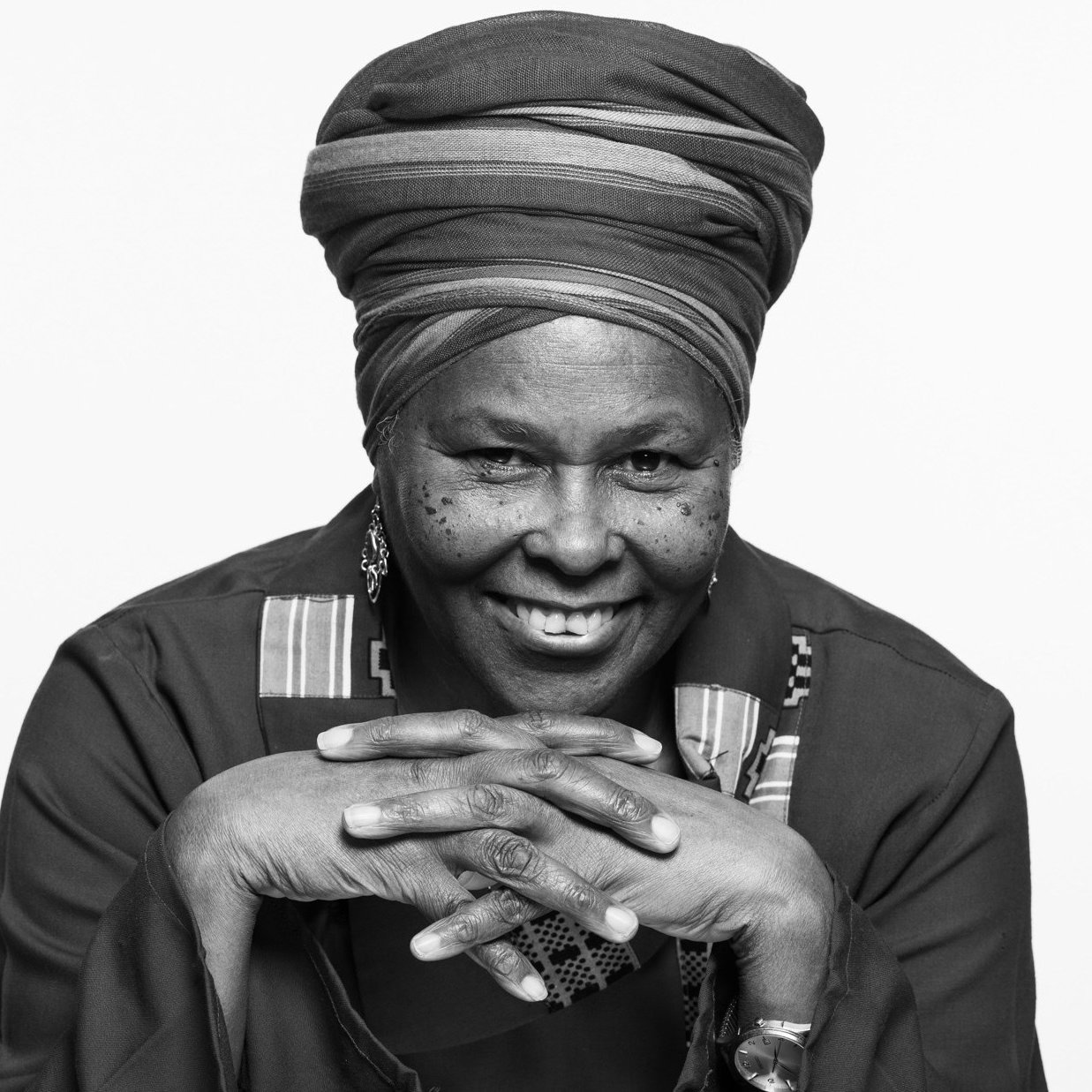
After spending over two years in West Africa, Baht Israel’s family emigrated to Israel and joined other African Hebrew Israelites already living in the Negev. They arrived on March 4, 1970, days before the Law of Return was amended to specify that only those born to a Jewish mother or Jewish converts were eligible for automatic Israeli citizenship. (African Hebrew Israelites claim descent from the Tribe of Judah and follow the Torah but are not recognized as Jews by the Chief Rabbinate.) She attended school with other Israeli children in Dimona for a few years before the community started its own school system.
It was her father who sparked her interest in photography, she said. Nasik (“Prince”) Elkannon Shaleak was an adviser to the community’s spiritual leader, Ben Ammi Ben Israel, as well as an amateur photographer. He gave Baht Israel her first camera, a Pentax Spotmatic. She later sold it to buy a Nikon FM2 from a photojournalist who came to shoot the community for an article.
“I know being around my abba and the images he produced had a great impact on me as I grew up,” she said. (Ben Israel died in 2014, and Shaleak the following year.)
For her exhibit, Baht Israel drew inspiration from the Austrian painter Eduard Charlemont, specifically his famous piece “The Moorish Chief” (1878), as well as the work of the American celebrity and fashion photographer Matthew Jordan Smith. Smith teaches photographic techniques on Zoom, and Baht Israel has been studying with him for the past four years. She began working on the African royalty series in his class, and he pushed her to develop it.
“I have many students in my online course from all over the world, but Cathrielah stood out right away because of her passion and devotion for creating powerful images,” Smith said by email. “With her work, she takes you into a world few are able to truly capture with the level of intimacy that her images share. I believe this is truly a gift and one of her superpowers.”
He added, “I look forward to seeing this work travel around the world, and I’m so happy it is debuting there in Israel first. Cathrielah is an amazing artist and photographer.”
Like most African Hebrew Israelites, Baht Israel still does not enjoy full Israeli citizenship; she is a permanent resident who holds American citizenship. She was one of the first to earn the title “crowned sister,” one of the highest levels of female leadership in the community. Yet her life has also been marked by tragedy. One of her sisters, Kaninah, drowned in a well in the Hebrew camp in Liberia, and a brother, Aharon, was murdered by a Palestinian terrorist while performing at a Bat Mitzvah party in Hadera in 2002. In addition, her father was denied entry to Israel in 1975, and they spent years apart as a result. (He received permanent residency after Aharon’s death.)
Despite these traumas, Baht Israel said that she is glad her family decided to leave America and that she is “happy living in Israel” today. Asked about anti-Black racism in the country, she said, “Israel is like many other countries. There are people who are just regular people, and there are people who give people of color a hard time. Such is life. I do not allow that to hinder me.”
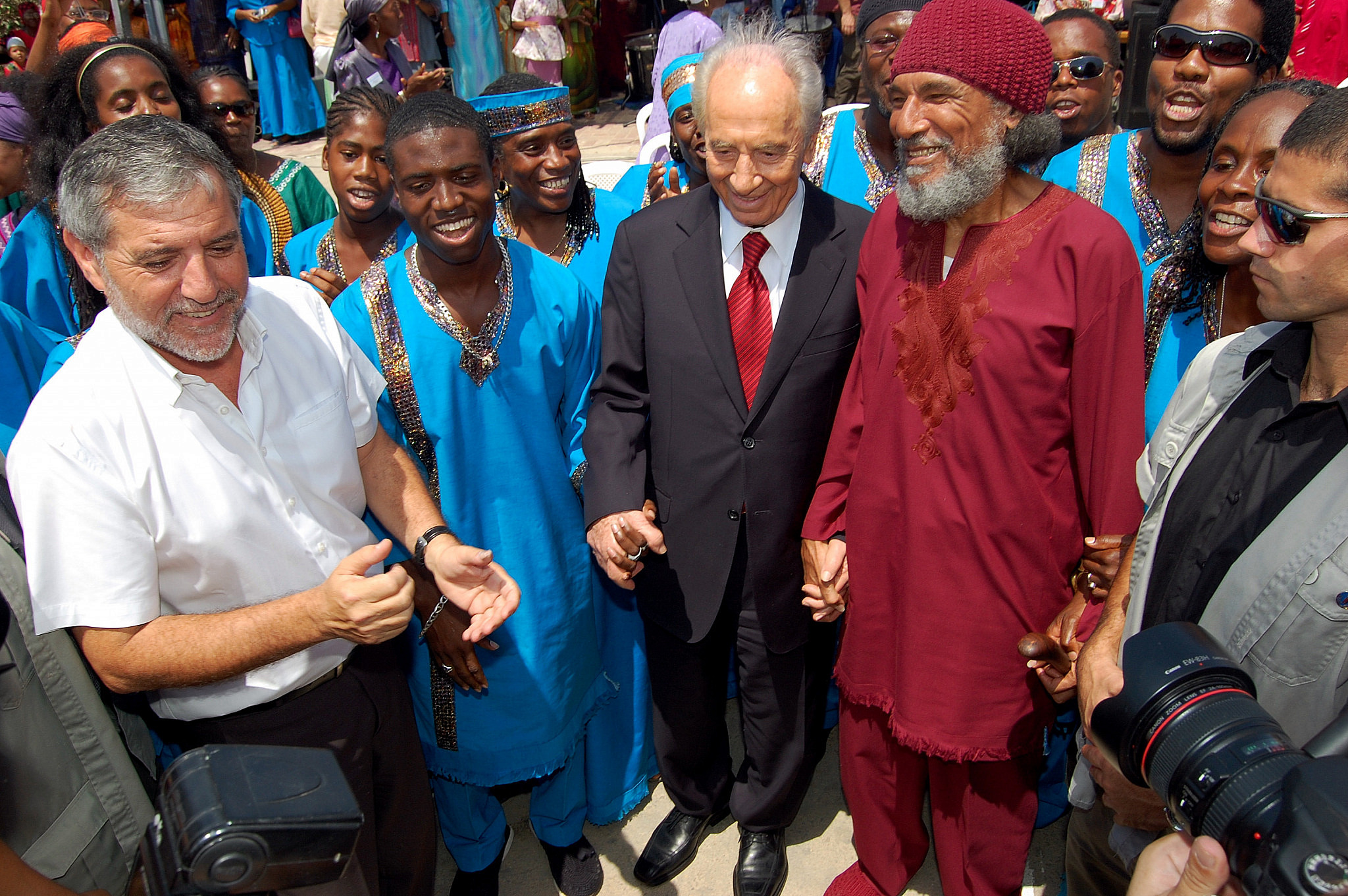
As for those thousands of historical photographs, Baht Israel recently started an Instagram account and has shared a handful of them so far. She said she plans to cull through them one day and create a museum for African Hebrew Israelite children, as well as the general public, to learn about the community’s history. She credits her faith in God, or Yah to use the term preferred by the Hebrews, for her ability to be in the right place at the right time—as a photographer and in her everyday life.
“I pray every day,” she said. “And when you’re in touch with yourself and with the Creator, it’s amazing how sensitive you can be to receive the things that you need to receive from people and give the things you need to give to people.”

